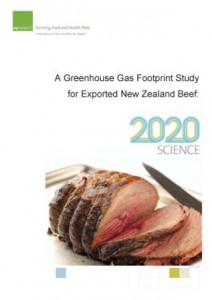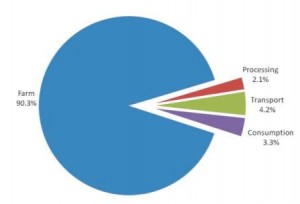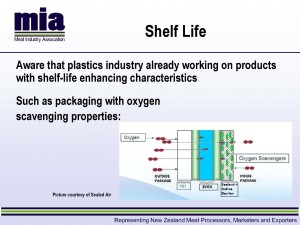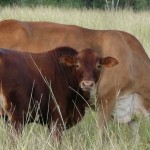‘New fashioned values’ are emerging in British shoppers in these difficult economic times, according to new research from leading retailer Sainsbury’s.
Having to think more carefully and thoughtfully about household spending, especially on food has triggered a set of new, positive shopping behaviours across all socio-economic groups, says a blog on the retailer’s website.
“Our research shows a deep and widespread change has taken place with 83 percent of Sainsbury’s shoppers having changed their shopping habits in the last year.”
Shoppers are “rediscovering habits of previous generations” – making shopping lists, planning weekly meals, being creative with leftovers and preparing packed lunches. More people are choosing bargains and basic products for everyday needs, but are “enjoying the sense of deferred indulgence that comes from saving up and splashing out on special occasions.”
Sainsbury’s research has also shown that while consumers have reduced their spending, “they actually care more” with quality, integrity and sustainability increasingly becoming the drivers that shape shopping choices, as well as prudence.
“These ‘new fashioned values’ are not a passing phase but represent a fundamental change that is here to stay,” says Sainsbury’s, adding that it launched its 20×20 Sustainability Plan a year ago. The retailer believes its commercial success will continue to depend on continuing to meet and anticipate its customers’ changing needs.
“We can’t do this alone and need the industry, our suppliers and other experts to radically re-examine our ways of doing things, to help meet some of our targets such as doubling the amount of British food we sell and increasing the sales of fairly traded products to £1 billion.”
Market researchers Mintel had analysed Sainsbury’s customer behaviour and reported the findings. The result, a factsheet ‘The rise of new fashioned values’, shows that the results span all socio-economic demographics. The research showed that 83 percent of people have changed their shopping habits in response to squeezed family budgets and that fairness to employees, waste and Britain remain similar to last year.
The factsheet shows Sainsbury’s has identified five characteristics of ‘new-fashioned’ values:
- Savvy sustainability – customers are showing a growing tendency to save and splash out and they also still want to live well.
- Values re-evaluated – evidence suggests a genuine deepening of values. The economic downturn is not an excuse to abandon issues such as animal welfare, fair-trade or sustainability, even in economy products.
- Act for me – People have greater, more exacting expectations of companies. “They probe deeper for answers and, largely through digital media, they are far better informed than ever before,” says the report.
- Health – is now a mainstream consumer issue, “although people are still seeking healthier rather than the healthiest options.”
- Close to me – While global issues have become increasingly complex and difficult, people are placing greater importance on local matters, “because doing so gives them a greater sense of control and trust.” Customers are also showing more interest than ever in supporting charities and community causes. They are putting more importance on ‘being a good neighbour’ and expect businesses with which they deal to do the same, both locally and nationally.
It also covers how Sainsbury’s is meeting the needs of the new-fashioned shopper, through helping consumers to live the way they want to live and making it easier for them to buy what they need. Making sure customers can be confident about the quality, value and integrity of the products, irrespective of price or range.







